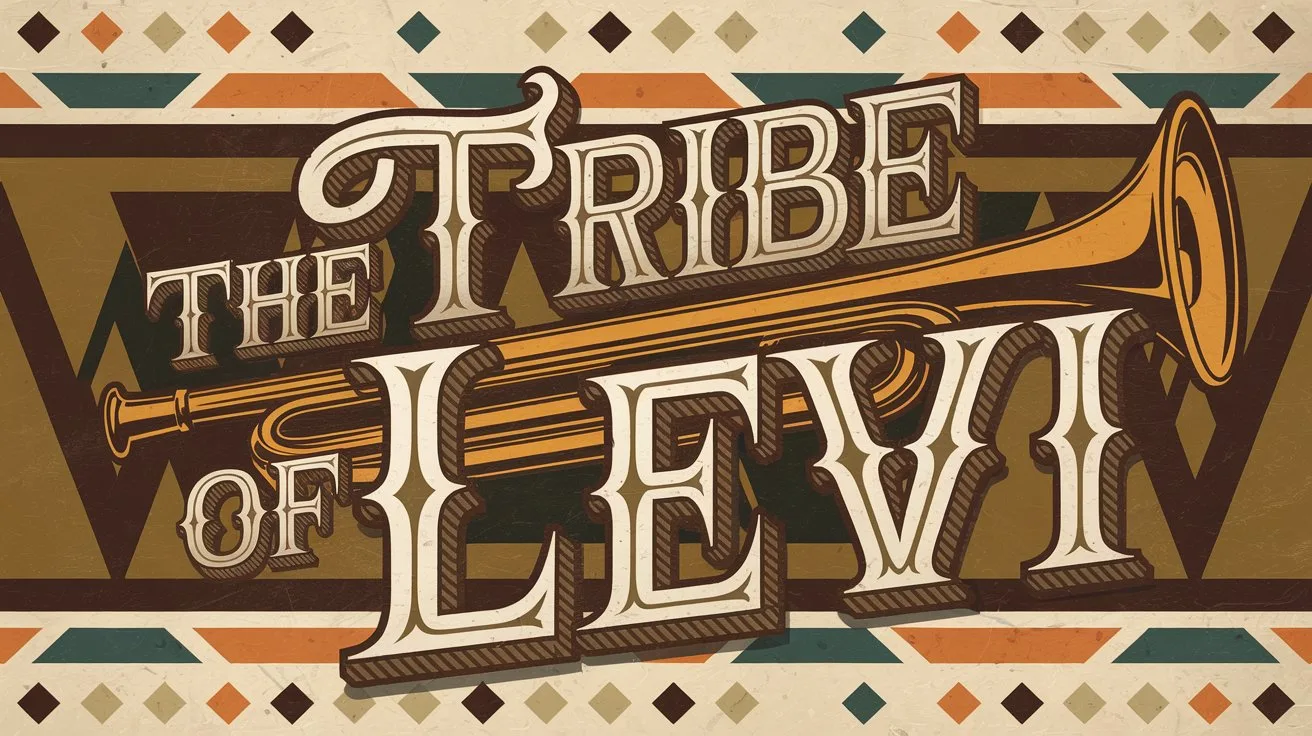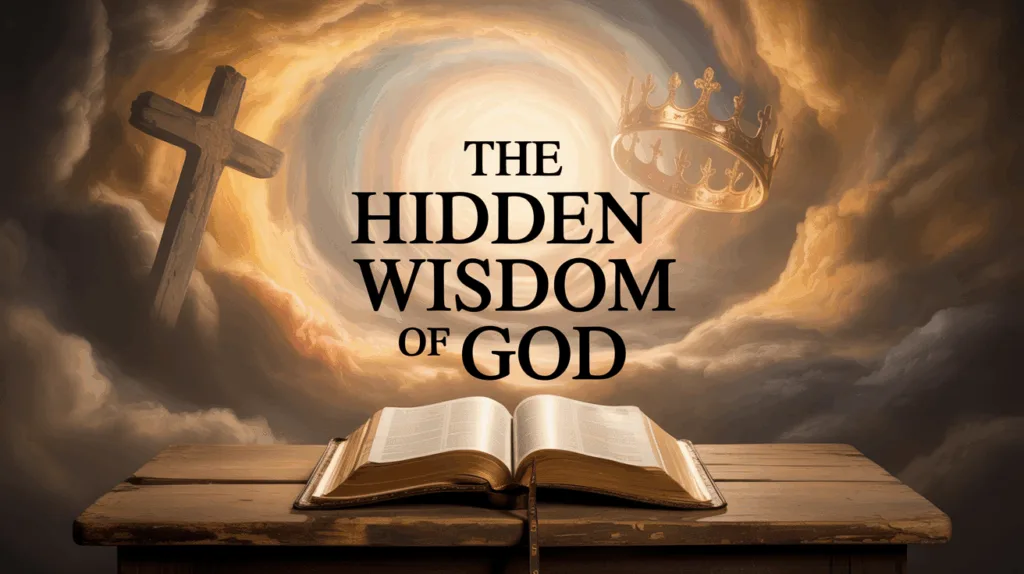The tribe of Levi was one of the twelve tribes of Israel, descended from Levi, the third son of Jacob and Leah (Genesis 29:34). Unlike the other tribes, who were given specific territories in the Promised Land, the Levites were set apart for service to God. They were chosen to minister in the Tabernacle and later the Temple, serving as priests and caretakers of the holy things of Israel.
Where Did They Live?
The Levites were unique in that they did not receive a land inheritance like the other tribes. Instead, God declared:
“The LORD said to Aaron: ‘You shall have no inheritance in their land, nor shall you have any portion among them; I am your portion and your inheritance among the children of Israel.'” (Numbers 18:20)
Instead of owning a specific territory, they were given forty-eight cities scattered throughout Israel, including six cities of refuge where those accused of manslaughter could seek asylum (Joshua 21:1-42). These cities ensured that the Levites would live among all the tribes, teaching the Law and serving in their priestly role.
The Role of the Levites in the Temple
The Levites were divided into two major groups:
The Priests (Kohanim)
Direct descendants of Aaron, the brother of Moses. They served as the high priests, performed sacrifices, and entered the Holy Place (Exodus 28:1).
The General Levites
The rest of the tribe of Levi, who assisted the priests by caring for the Tabernacle, transporting holy items, singing in worship, and teaching the Law (Numbers 3:5-10, 1 Chronicles 6:31-32).
Each family had its specific duties:
The Kohathites carried the most sacred objects, such as the Ark of the Covenant (Numbers 4:4-15).
The Gershonites handled the curtains and coverings of the Tabernacle (Numbers 4:24-26).
The Merarites transported the framework and structure (Numbers 4:31-32).
These divisions ensured that God’s dwelling place was maintained with reverence and order.
Requirements to Be a Priest
To serve as a priest, a man had to meet strict qualifications:
Be a direct descendant of Aaron (Exodus 28:1).
Be without physical defects (no blindness, lameness, or other deformities) (Leviticus 21:16-23).
Follow purity laws (priests had to maintain a high level of ceremonial cleanliness) (Leviticus 22:1-9).
Marry only a virgin from Israel (they could not marry a divorced woman or a prostitute) (Leviticus 21:13-14).
Undergo consecration (this involved washing, anointing with oil, and wearing specific garments) (Exodus 29:1-9).
The High Priest, who was above all the other priests, had even greater restrictions. He alone could enter the Holy of Holies once a year on the Day of Atonement (Yom Kippur) to make atonement for Israel (Leviticus 16:1-34).
The Failures of the Levites
Though the Levites were set apart for holy service, they had significant failures throughout Israel’s history:
The Golden Calf Incident
(While many Israelites fell into idolatry, the Levites stood with Moses and executed judgment on the idolaters) (Exodus 32:25-29). This act of loyalty helped secure their role as God’s ministers.
The Sons of Eli (Hophni and Phinehas, the corrupt sons of the priest Eli, abused their priestly position by taking the best offerings for themselves and committing immorality with women at the Tabernacle) (1 Samuel 2:12-17, 22-25). Because of this, their lineage was cursed.
Corruption in Malachi’s Day (In the time of the prophet Malachi, the priests had become lazy and offered defiled sacrifices, leading to God’s rebuke):
“But you have profaned it, in that you say, ‘The table of the LORD is defiled; and its fruit, its food, is contemptible.’” (Malachi 1:12)
These failures show that being set apart by God does not guarantee faithfulness. Each generation had to choose obedience.
The Role of the Levites in the Latter Days
Even though the physical temple was destroyed in 70 A.D., prophecy indicates that the Levitical priesthood will have a role in the future.
Ezekiel’s Millennial Temple
(The book of Ezekiel describes a future temple where the descendants of Zadok, a faithful priest of David’s time, will minister before the Lord) (Ezekiel 44:15-16).
The Book of Revelation (During the Tribulation, there will be a restored temple in Jerusalem) (Revelation 11:1-2), suggesting a priestly function during the end times.
However, under the New Covenant, Jesus Christ has fulfilled the role of High Priest once for all (Hebrews 7:23-28). This means that while the physical Levites may have a role in the future, the true priesthood now belongs to those in Christ:
“But you are a chosen generation, a royal priesthood, a holy nation, His own special people, that you may proclaim the praises of Him who called you out of darkness into His marvelous light.” (1 Peter 2:9)
My Final Thoughts
The Levites were chosen to serve God, not by inheritance of land, but by direct calling. Their task was holy, their service was vital, and their obedience was required. Yet, throughout history, they often fell into the same pitfalls as the rest of Israel: idolatry, corruption, and complacency. Their failures serve as a warning that position does not equal faithfulness.
Today, we as believers are called to a greater priesthood (not one that offers animal sacrifices, but one that offers our lives as a living sacrifice, holy and acceptable to God) (Romans 12:1). The lesson of the Levites is clear: being set apart means nothing if we do not remain faithful to the One who called us.





 Get the book that teaches you how to evangelize and disarm doctrines from every single major cult group today.
Get the book that teaches you how to evangelize and disarm doctrines from every single major cult group today.